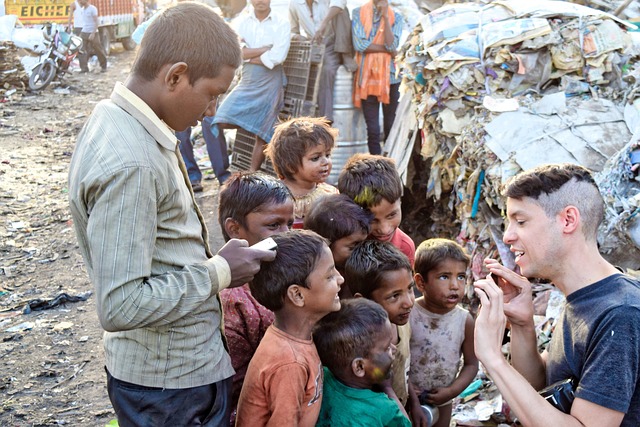Oregon's child welfare system employs a comprehensive strategy focusing on early intervention, prevention, and family support to ensure the safety and well-being of at-risk youth. Key initiatives include parenting education, mental health resources, economic aid, and cultural competency training. Advocacy plays a pivotal role by driving policy changes, amplifying vulnerable communities' voices, and implementing evidence-based solutions. This collaborative approach has led to tangible improvements, such as reduced foster care placements, better access to services, and stronger family support networks, ultimately empowering Oregonians and fostering healthier communities.
Oregon, with its strong commitment to community well-being, has pioneered several child welfare advocacy initiatives. This article delves into the intricacies of Oregon’s child welfare system and explores key strategies enhancing protection and support for vulnerable children. We examine successful advocacy efforts that have made a tangible difference in local communities. By understanding the foundation and current tactics, we can further empower advocates to drive positive change through evidence-based child welfare strategies.
- Understanding Oregon's Child Welfare System: A Foundation for Advocacy
- Key Child Welfare Strategies: Enhancing Protection and Support for Children
- Advocacy Initiatives in Action: Making a Difference in Oregon Communities
Understanding Oregon's Child Welfare System: A Foundation for Advocacy

Oregon’s child welfare system is designed to protect and support children and families, focusing on safety, well-being, and stability. At its core, the state employs a range of child welfare strategies, including prevention services, intervention programs, and long-term support for at-risk youth. These strategies aim to keep families together whenever possible while ensuring that children are in safe and nurturing environments.
Advocacy plays a crucial role in shaping and improving Oregon’s child welfare system. By understanding the existing policies, procedures, and challenges within the framework, advocates can identify areas where systemic change is needed. They can push for more effective child welfare strategies, such as enhanced family support services, improved access to mental health resources, and better training for caseworkers. This collaborative effort fosters a stronger, more responsive system that prioritizes the best interests of children while empowering families to thrive.
Key Child Welfare Strategies: Enhancing Protection and Support for Children

Oregon has implemented several key child welfare strategies aimed at enhancing protection and support for children. These initiatives focus on early intervention, prevention, and comprehensive services to ensure the well-being and stability of youth. By prioritizing these strategies, Oregon aims to reduce the number of children entering the foster care system and provide a supportive environment for those already involved.
One prominent strategy is strengthening family-centric approaches, which involve working closely with families to address their unique needs and challenges. This includes providing resources for parenting education, mental health services, and economic assistance. Additionally, Oregon emphasizes the importance of cultural competency, ensuring that all child welfare practices respect and incorporate the values and beliefs of diverse communities. These strategies collectively strive to create a robust support system that promotes healthy development and resilience among children.
Advocacy Initiatives in Action: Making a Difference in Oregon Communities

In Oregon, advocacy initiatives have been instrumental in shaping and improving child welfare strategies. These efforts are driven by passionate individuals and organizations dedicated to ensuring the well-being and safety of children across the state. By amplifying the voices of vulnerable youth and their families, these advocates bring attention to critical issues within the child welfare system. They actively engage with policymakers, community leaders, and service providers to develop and implement evidence-based solutions.
One notable impact is the increased focus on early intervention services, prevention programs, and family support networks. Through advocacy, resources have been allocated to strengthen families, reduce homelessness among children, and improve access to mental health services. These initiatives empower parents, foster caregivers, and community members to take proactive steps in creating a more stable and nurturing environment for Oregon’s children. The collective action of these advocates has led to tangible improvements, making a significant difference in the lives of at-risk youth and fostering healthier communities.






